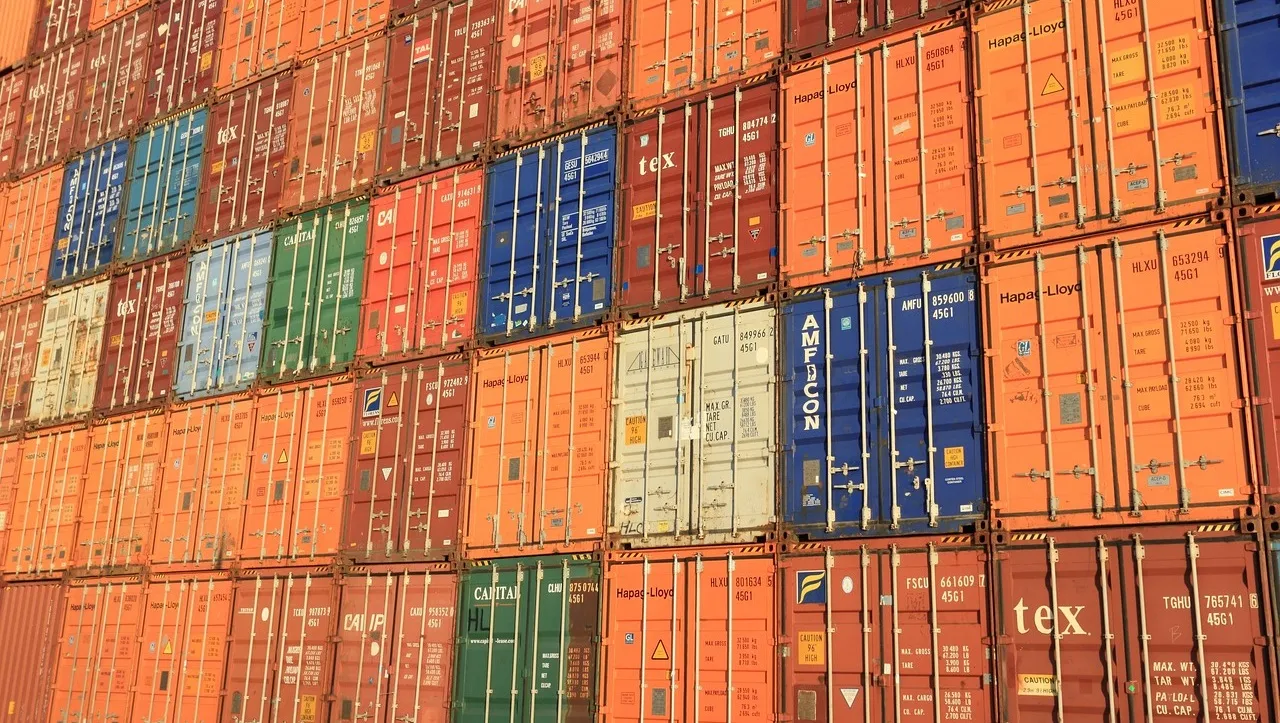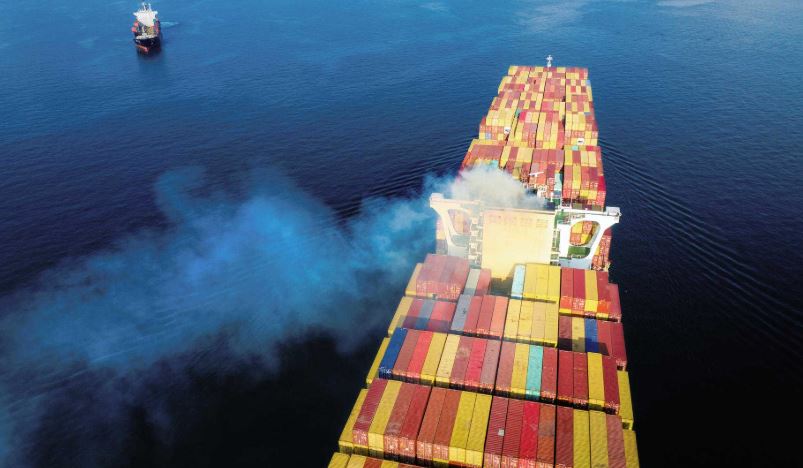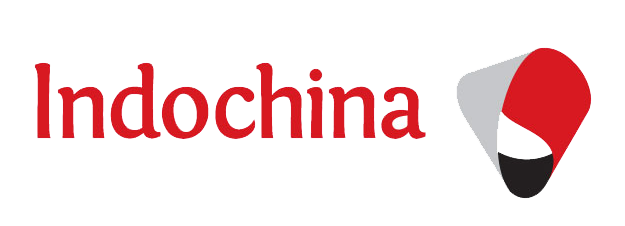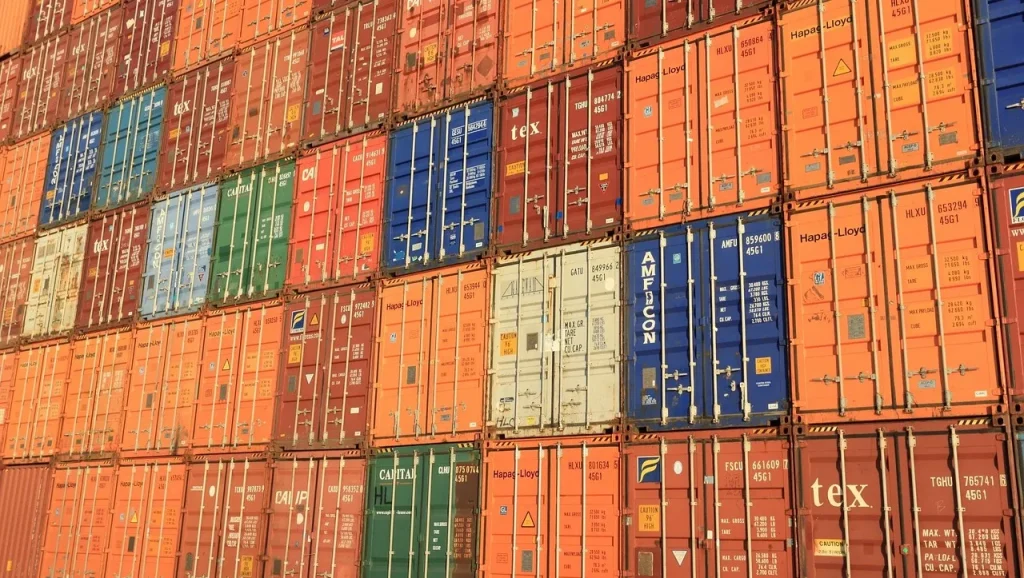Geodis harnessing AI for freight route optimisation
Voyage optimisation takes on a new meaning when it is the container’s journey that is optimised, not the ship.

We are now used to route optimisation for ships, but route optimisation for cargo is a novel use of AI technology that helps Geodis’ customers develop sustainable freight routes.
Cargo optimisation is one of a number of levers Virginie Delcroix, EVP for sustainable development at Geodis, says the forwarder can use to deliver better solutions for Geodis clients and for the climate.
Having developed AirSmart, a system that optimises routes and selects the most efficient aircraft for your cargo’s destination, prioritising modern fuel-efficient aircraft such as an Airbus A350, which can be up to 30% more efficient, over older planes.
A similar product, OceanSmart, is under development for ocean freight with an end-to-end delivery via various routes that can substantially reduce a shipper’s scope three emissions.
Geodis said many customers have made commitments to reduce their carbon footprint, and when you start to optimise your tonne kilometres you can often find alternative modes of transport or trade routes.
Delcroix said: “When you optimise your loadings and energy efficiency using existing technology it’s usually not more expensive and even sometimes it’s less expensive, so it’s important that a company like Geodis can help customers find the optimum path for their freight.”
Shippers, however, do not just want to reduce their scope three emissions, but they want detailed data on how much emissions have been saved.
“This is key for sustainability and our customers expect us to give them reliable information and detailed information about their CO2 emissions we really see this trend,” she explained, “Our customers don’t just want to have an estimate, no, they want the most detailed information about the emissions emitted when we move their goods.”
That includes each mode of transport door-to-door, port emissions and warehousing confirmed Delcroix.

Geodis also promotes switching from higher emission modes of transport to lower carbon footprint modes, from air to ocean or rail or from road to rail.
According to Geodis when the company switches from full road to rail it can reduce CO2 emissions by between 60-80% compared to full road transport.
In addition, Delcroix says that by using AI with a digital twin of a supply chain you can quickly make simulations, with constant updates, to find the best solution for freight.
Moreover, with the knowledge that is stored shipper can develop a strategy built on data to find the most efficient solution in terms of cost, time and sustainability.
Typically, when we do this, we usually find an optimisation of 10%,” claimed Delcroix.
Another lever that Geodis can pull is the optimisation of its own warehouses, through insulation, temperature control management systems and more.
“We have a target to reduce by 40% the energy consumed per square metre from 2022 to 2030, so we are conducting energy audits on all our warehouses,” she added.
Warehouse energy accounts for one third of the scope one and two emissions for the forwarder.


